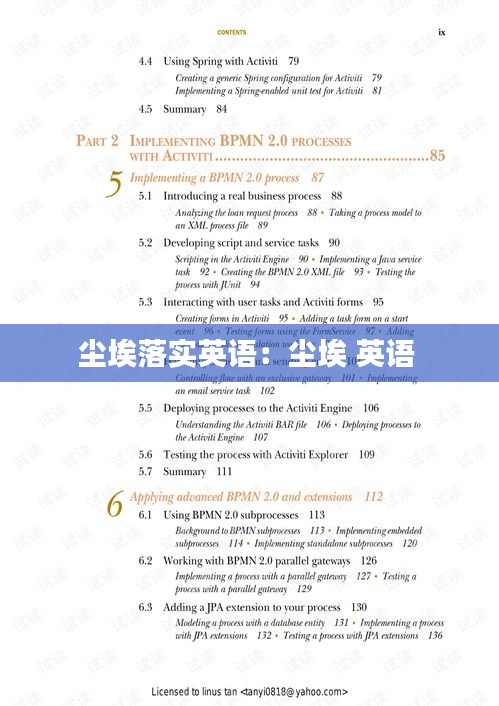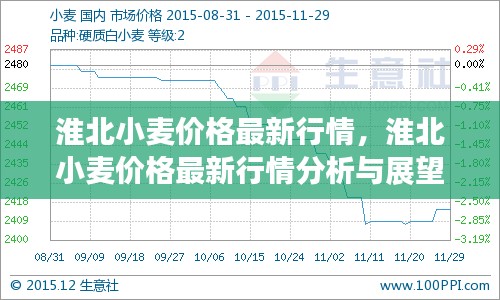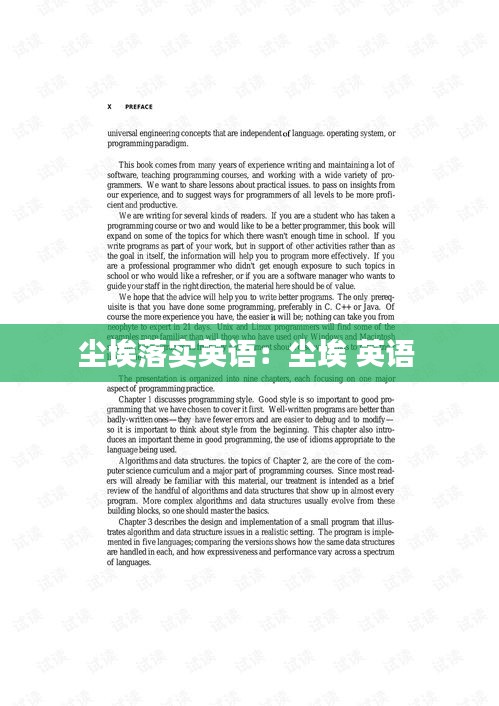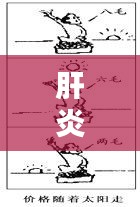Introduction to Dust Settling English
Dust settling English, often referred to as "dust-settling English," is a term used to describe a style of written or spoken English that aims to be clear, concise, and free from unnecessary jargon or complex language. It is particularly important in technical and professional contexts where clarity and understanding are paramount. In this article, we will explore what dust settling English entails, why it is crucial, and how it can be effectively implemented.
Understanding the Concept
Dust settling English is derived from the metaphor of dust settling on a surface. Just as dust particles settle to the bottom of a container, leaving a clear and smooth surface, dust settling English seeks to remove any unnecessary or distracting elements from written or spoken communication. This approach ensures that the core message is delivered with minimal interference, allowing the audience to grasp the information easily.
Key Principles of Dust Settling English
There are several key principles that guide the use of dust settling English:
Clarity: The language used should be straightforward and easy to understand. Avoid complex sentence structures and technical jargon that might confuse the audience.
Conciseness: Be concise in your writing. Avoid wordiness and redundancy. Get to the point quickly and efficiently.
Objectivity: Use objective language that is free from personal biases or emotional tone. This helps maintain the credibility and authority of the message.
Relevance: Ensure that the content is relevant to the audience and the context. Tailor your language to the level of understanding and interests of your readers or listeners.
Why Dust Settling English Matters
Effective communication is essential in any field, and dust settling English plays a crucial role in achieving this goal:
Enhanced Understanding: By using clear and concise language, dust settling English helps ensure that the message is understood by the intended audience, reducing the likelihood of misinterpretation.
Increased Efficiency: Clear communication saves time and resources. It allows for quicker decision-making and action, as there is less need for clarification or follow-up.
Improved Credibility: Objective and precise language enhances the credibility of the speaker or writer. It is less likely to be questioned or dismissed as irrelevant.
Broader Reach: Dust settling English can be understood by a wider audience, including those who may not be experts in the field. This is particularly important in global contexts where language barriers can be a significant challenge.
Implementing Dust Settling English
Implementing dust settling English in your writing or speaking requires a conscious effort to adhere to the principles outlined above. Here are some practical tips:
Read Aloud: Reading your text aloud can help identify complex sentences or unnecessary jargon that might confuse the reader.
Edit and Revise: Take the time to edit and revise your work. Look for ways to simplify your language and remove any ambiguities.
Seek Feedback: Share your work with others to get feedback on clarity and conciseness. This can provide valuable insights into areas for improvement.
Use Plain Language: Opt for plain language whenever possible. Avoid technical terms unless they are essential to the understanding of the content.
Conclusion
Dust settling English is a valuable tool for effective communication in both personal and professional settings. By adhering to its principles of clarity, conciseness, objectivity, and relevance, individuals can enhance their ability to convey their message clearly and efficiently. As we navigate an increasingly complex and interconnected world, the importance of dust settling English cannot be overstated. By embracing this approach, we can ensure that our communication is understood, respected, and impactful.
转载请注明来自上海贝贝鲜花礼品网,本文标题:《尘埃落实英语:尘埃 英语 》















 蜀ICP备2022005971号-1
蜀ICP备2022005971号-1
还没有评论,来说两句吧...